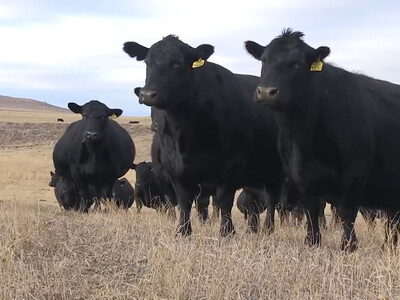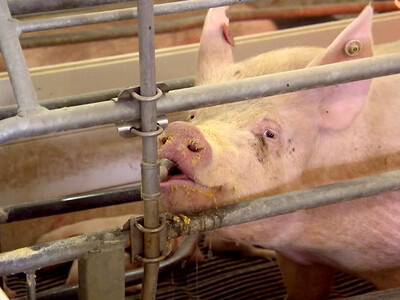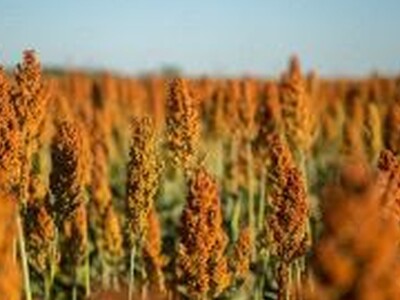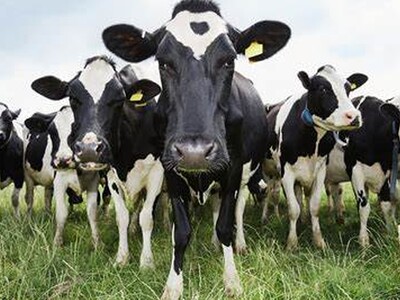Don't Let Lice Drain Your Cattle or Your Profits
Hi everybody it's time for your Land and Livestock Report here on the Ag Information Network of the West-I'm Russell Nemetz.
Biting and sucking lice are external parasites commonly found on cattle this time of year. Cattle lice cause reduced weight gain and other health issues resulting from excessive scratching or rubbing, anemia and increased susceptibility to infectious diseases.
These small, cool-season pests rest, breed and feed on the animals they infest. They are spread by direct contact from one infested animal to another. Lice cannot live for more than a few days off animals and will seek out a new host to survive.
Veterinarian Dr. Larry Hawkins with Bayer Animal Health says "Because cattle lice live out their entire lifecycle on cattle, even treated cattle can be vulnerable to re-infestation. That's because many pour-on-treatments and endectocides particularly those that lack an insect growth regulator (IGR)—require a follow-up treatment to kill the eggs the first treatment left behind."
"Without initial use of an IGR or that follow-up treatment, those eggs can turn into adults that can continue the lice lifecycle. Understanding this lifecycle is critical to controlling lice, and to maximizing the benefits of a product that includes an IGR, which kills the lice eggs before they hatch" he says.
Unlike other pests, lice reproduce more in the cold weather. Cattle also tend to bunch together to stay warm, which quickens the spread of lice throughout the herd. A single female louse on an animal in September can result in a million lice by January if left untreated.
That's your Land and Livestock Report-I'm Russell Nemetz.


















